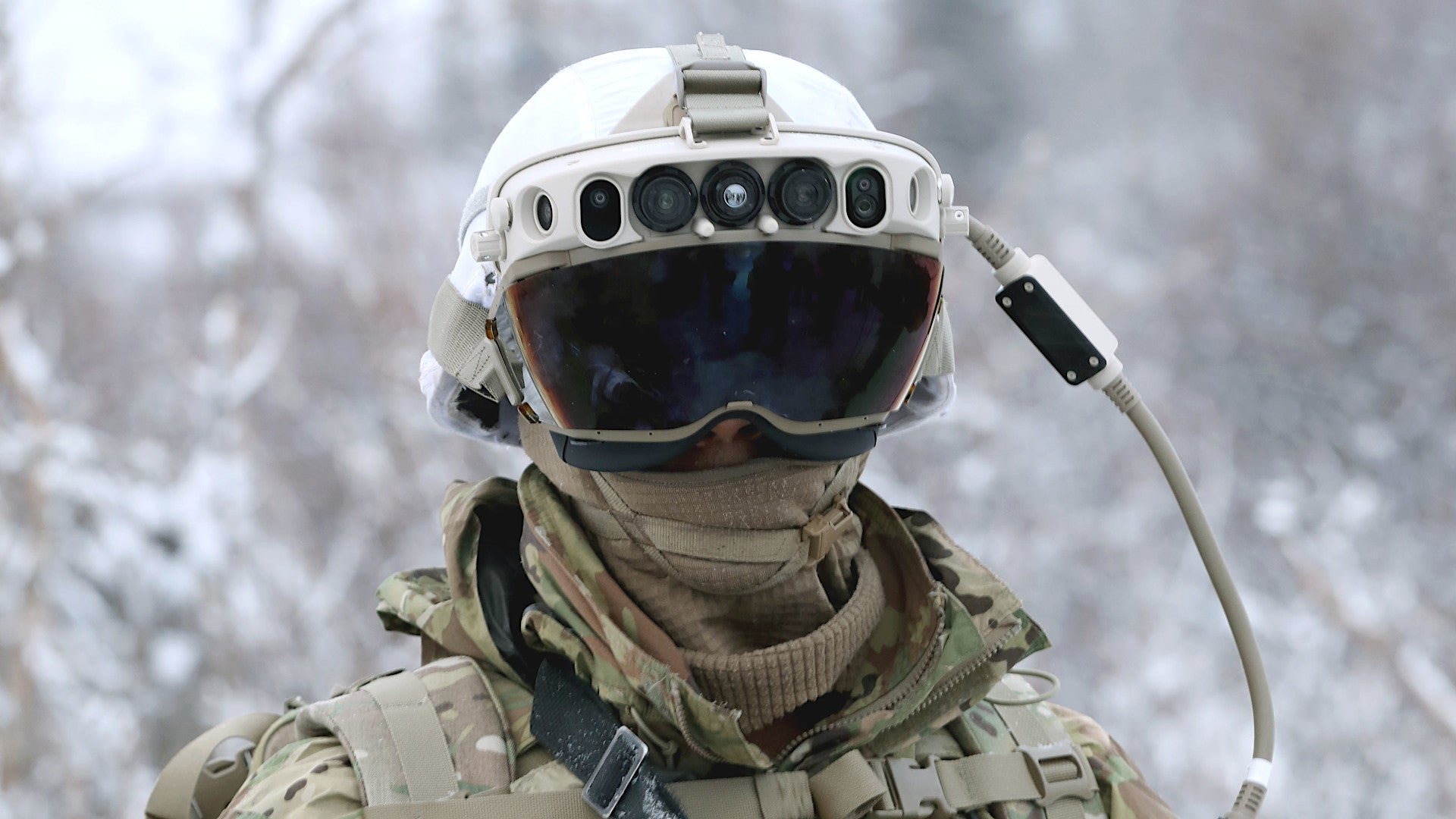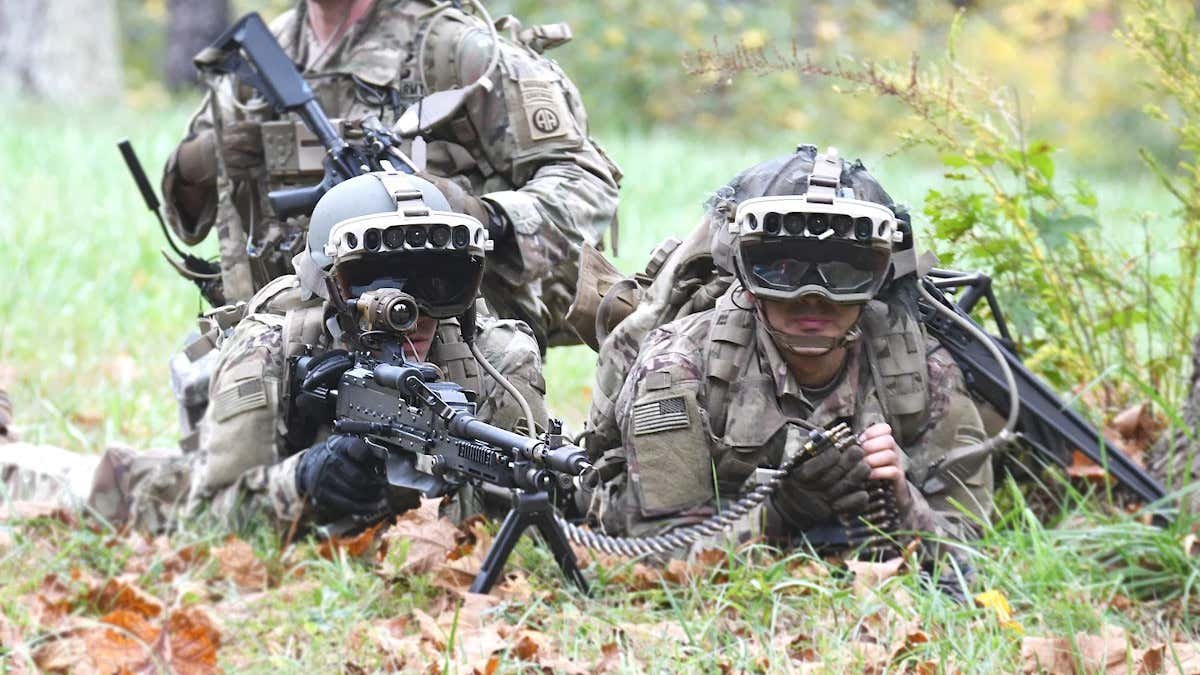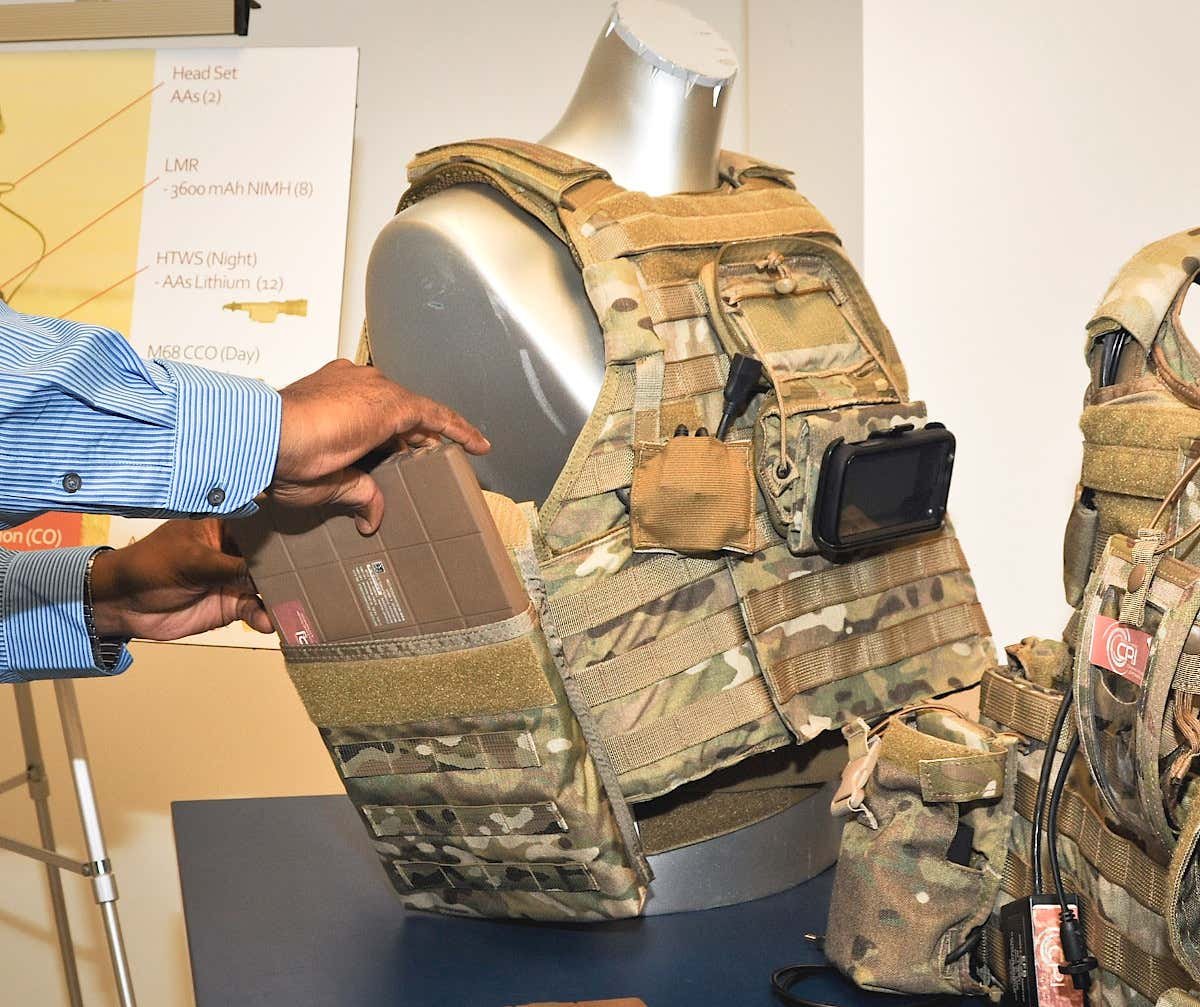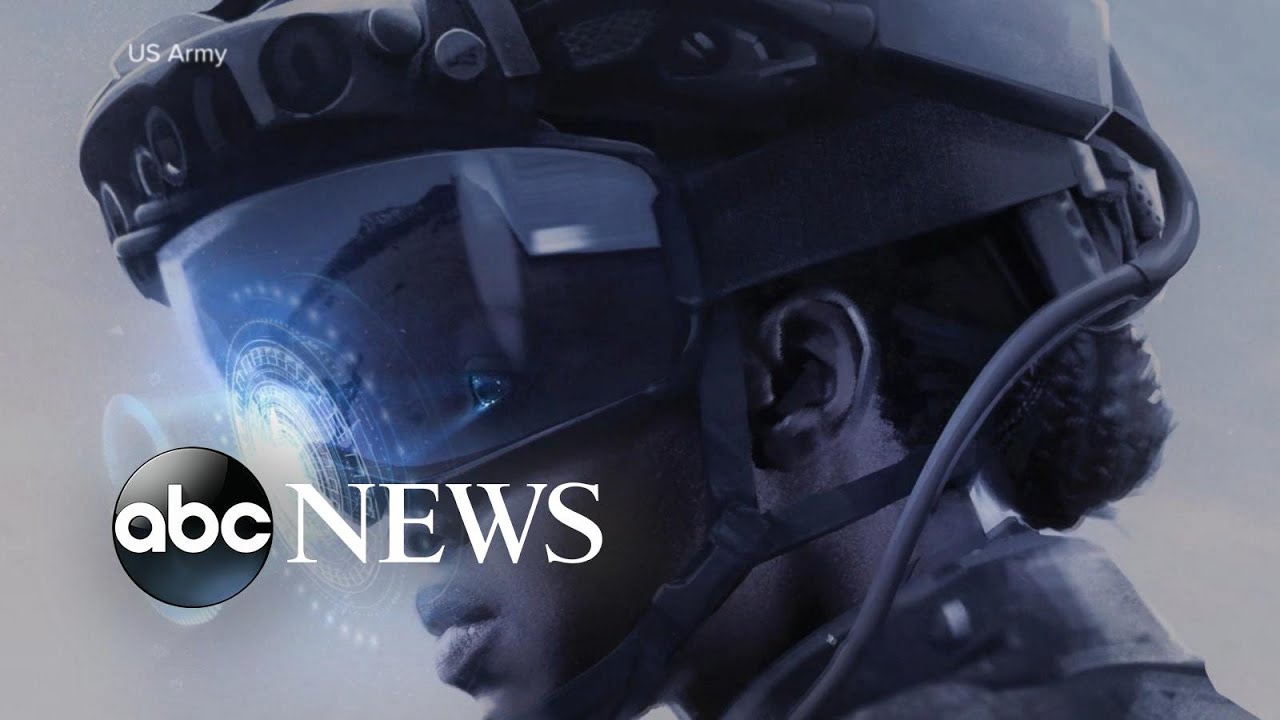
The U.S. Army has recently put a halt on their highly publicized program to acquire advanced augmented reality headsets for their troops. This comes less than a year after announcing a $22 billion contract with Microsoft to produce tens of thousands of Integrated Visual Augmentation Systems (IVAS) in the coming years. According to Jane's, Brigadier General William Glaser, head of the Synthetic Training Environment Cross-Functional Team at Army Futures Command, confirmed the effective halt to the IVAS program during the Association of the U.S. Army's main annual conference in Washington, D.C.The Assistant Secretary of the Army for Acquisition, Logistics, and Technology has reportedly ordered a reset of the program to determine the appropriate timeline and technology. Glaser cited questions about the maturity of some portions of the technology behind IVAS as a reason for the pause. The headsets are derived from Microsoft's commercial HoloLens augmented reality system and provide night vision and thermal-imaging capabilities. The War Zone has reached out to the Army's Program Executive Office Soldier (PEO Soldier) for further information on the matter.
The U.S. Army's acquisition of advanced augmented reality headsets for its troops has been paused, bringing a halt to a program that had been heavily publicized in recent years. Less than a year after Microsoft was awarded a contract potentially worth close to $22 billion to produce tens of thousands of Integrated Visual Augmentation Systems (IVAS) in the coming years, the Army has disclosed that it has stopped work on the program. The announcement was made by Brigadier General William Glaser, head of the Synthetic Training Environment Cross-Functional Team at Army Futures Command, on the sidelines of the Association of the U.S. Army's main annual conference in Washington, D.C. While the reasons for the pause are unclear, Glaser revealed that the office of the Assistant Secretary of the Army for Acquisition, Logistics, and Technology is conducting a review of the program, which includes assessing the appropriate timeline and the technology involved.IVAS was set to be revolutionary for soldiers, providing a wealth of information to individual troops through its augmented reality functions. The headsets offer night vision and thermal-imaging capabilities and can provide navigation symbology in much the same way as helmet-mounted displays for pilots. The networked systems can also pipe in video feeds and other sensor data from various offshore sources, with different sensor feeds fused together to provide a higher fidelity view of the battlespace. The headsets were also expected to provide valuable training capabilities, including the ability to help simulate a diverse array of threats virtually during live exercises, giving even relatively small facilities the option to conduct more realistic and expansive drills without any additional resources. Despite some facial recognition capability already present in prototype versions of IVAS, the program's pause means that its future is now uncertain.

However, early prototype IVAS systems were simply not rugged enough for operational use, with one iteration notably unable to work in the rain. The Army has conducted more rigorous testing of the latest version, with what it had indicated were positive results. Soldiers have also experimented with using IVAS headsets within vehicles and during airmobile operations.Questions have also been raised about the conformal batteries that soldiers need to carry in their gear to power the IVAS headsets, both in regard to how long they can keep the systems running and safety concerns about what might happen if they get shot or otherwise damaged in combat. The Army has said in the past that it has made progress on improving the capabilities of the batteries and their resistance to incoming fire.

It is certainly possible that, despite progress in these areas, the Army has still determined that IVAS is not actually ready for widespread fielding just yet. At the same time, the problems that at least temporarily have led the service to halt the project may also be completely unrelated to any of these previously known issues.It is also worth pointing that employees at Microsoft have protested the company's development of a version of HoloLens for the U.S. military in the past. However, there is no indication, one way or another, that this has been a factor in the recent pause in the IVAS program.In addition, it's interesting to note that the Army is already fielding Enhanced Night Vision Goggle-Binoculars (ENVG-B), which it says offer advanced night vision, thermal imaging, and networked sensor fusion capabilities. The service has also indicated in the past that it wants to add more robust augmented reality features to the ENVG-B. You can read more about those goggles here.
Join me in the mission of building a compassionate community that thrives in the face of the technological revolution! By purchasing a shirt on Amazon, you can support this cause and help us find innovative solutions for the challenges ahead. Let's grab a coffee and discuss how we can make a positive impact on the future. Together, we can pave the way for a brighter tomorrow. Don't miss this opportunity to be a part of something great!
If you enjoyed my content, I would appreciate it if you could subscribe to my YouTube channel and follow me on social media. Thank you for your support, and I look forward to exploring the concept of technological singularity with you.Here are the links to my social media pages:
More News:
- Experience the future of sex with virtual reality and artificial intelligence
- Smart Contact Lenses: The Next Frontier in Augmented Reality
- Rec Room x Mattel: Dress Up as Barbie and Ken
- Meta Quest Pro vs Apple Vision Pro
- 2023'S BEST VIDEO GAME ACCESSORIES




